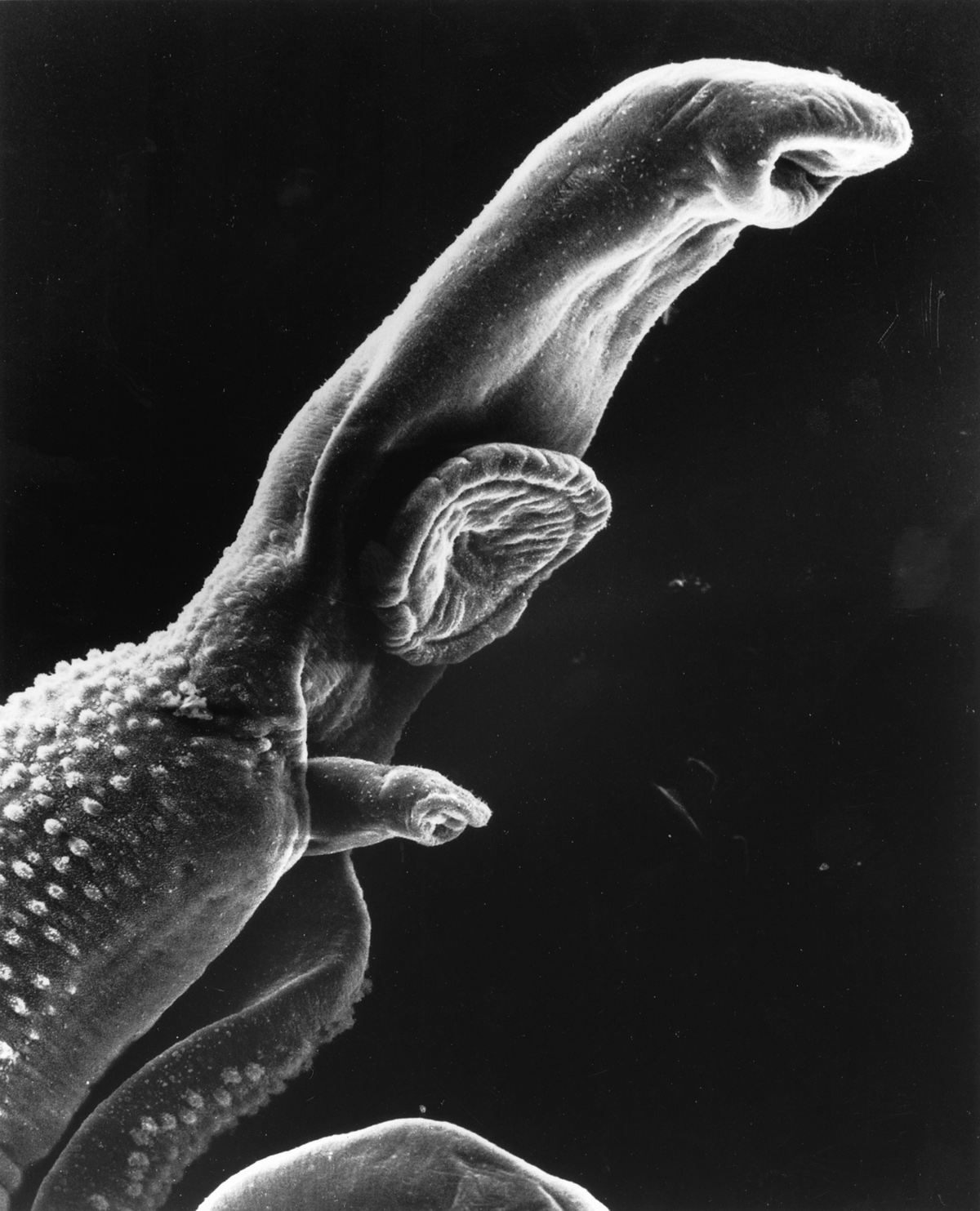
What is Onchocerciasis?
Onchocerciasis is a serious parasitic disease that develops as a consequence of infestation with a nematode called Onchocerca volvulus. This parasite is classified as the second-leading cause of blindness in the world. Even though the nematode is the one causing infection, it is its endosymbiont that actually leads to severe inflammatory response of the body which eventually results in irreversible damage to optical tissue and subsequent blindness. Namely, the parasite, Onchocerca volvulus is transmitted via the bite of a black fly and once this occurs the larvae are easily spread throughout the person's body. Worms that eventually mature also die. Once they do, they release the aforementioned endosymbiont (Wolbachia pipientis). The presence of Wolbachia pipientis triggers excessive reaction of the human immune system and initiates damage to various tissues.Symptoms and Signs
Once the larvae enter the body via the bite of an infected fly, they mature into adult worms. These worms remain in subcutaneous nodules and may significantly interfere with the function of the immune system of the infected individual. The death of the parasite is a starting point of the abnormal inflammatory reaction. Namely, scientists have confirmed that worms release a specific protein called Wolbachia surface protein, the one capable of activating the immune system and initiating all the symptoms and signs of inflammation. As a result the severity of the inflammatory response is directly related to the number of parasites in the body and the very response of the host's immune system.
The majority of patients typically complain about itchy skin, skin swelling and inflammation. There are several skin changes that affect patients. For instance, some may develop scattered pruritic papules which is known as acute papular onchodermatitis. Furthermore, large papules associated with hyperpigmentation are characteristic for chronic form of dermatitis caused by Onchocerca volvulus. Lichenified onchodermatitis develops in the form of hyperpigmentated papules along with plaques and skin swelling. This type is additionally accompanied by skin infections. The affected skin may easily succumb to atrophy while depigmentation is almost always reported.
The condition is also known under the name river blindness. Ocular symptoms and signs occur due to damage of the conjunctiva, cornea and/or uvea and the posterior segment of the eye (especially the retina and optic nerve). For instance, the cornea is at first affected by the very parasites. As a result the patient develops punctate keratitis. Even though this inflammation of the cornea may subside, it tends to progress into the chronic form causing changes in the cornea that interfere with vision. The entire organ becomes opaque and cannot allow passage of light. Many health experts believe that damage to the cornea actually develops as a consequence of bacteria that are located inside the parasites.
Prevention
The first programme launched in 1974 was the Onchocerciasis Control Programme and it was rather successfully implemented in 11 countries taking care of approximately 30 million people.
During many years that have come, larvicide spraying have tried to control the population of black flies which transfer the parasite to humans while infected individuals have been treated on time with new drugs that are emerging.
Finally, ivermectin, a drug that efficiently deals with the parasite is supposed to be available to all the infected individuals which may also cause a reduction in transmission.
Treatment
Ivermectin is the drug of choice when it comes to onchocerciasis. In the majority of cases patients are administered two doses of the drug, the second one being given 6 months after the initial does. This treatment approach should be repeated every 3 years.
Since this medication actually deals with the parasite' offspring it is normal to expect inflammatory body response in the form of fever, itchy skin, arthritis and enlarged lymph nodes. The drug is highly efficient when it comes to prevention of blindness and its progression (if it has already begun).
Unfortunately, the ivermectin cannot completely eradicate the parasite, but it does not allow it to produce additional offspring. This is why transmission and the very morbidity can be brought under control.
Additionally, come patients may benefit from antibiotics such as doxycycline. It destroys Wolbachia bacteria, the one blamed for abnormal immune response once the parasite dies. The only problem with doxycycline is that it must be administered for at least 4-6 weeks which is sometimes practically impossible in the countries that are affected by this horrible parasitic disease.
Relevant Data
Onchocerciasis is identified only in some countries and on a few continents. The disease can be quite debilitating, especially if the affected individual loses his/her sight.
It is estimated that approximately 99% of this parasitic disease affect African people. In the year of 2008 18 million people were infected and 300,000 suffered permanent vision loss. There are 30 African countries in which the infection is endemic. The majority of people who may become infected are living in Nigeria. The rivers in the northern and central countries in Africa are the most dangerous areas.
Finally, the disease is estimated to severely affect the host's immune system, reducing the life expectancy for about 13 years.


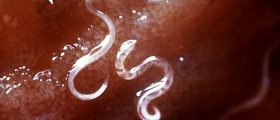
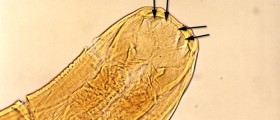




_f_280x120.jpg)



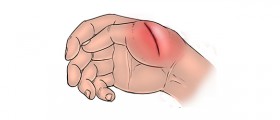
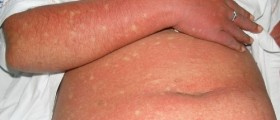



Your thoughts on this
Loading...